Chap 19 Landscape Dynamics (cont.)
1/32
There's no tags or description
Looks like no tags are added yet.
Name | Mastery | Learn | Test | Matching | Spaced |
|---|
No study sessions yet.
33 Terms
Assessing landscape connectivity
requires a species-centered approach that considers factors like:
- mode and range of dispersal
- its ability to move through different habitats
Belgum (study)
MAIN GOAL OF STUDY:
- examine the patterns of colonization of forest plant species on a fragmented landscape in central Belgium
----------------
RESULTS:
- found that for all species the probability of successful colonization of a forest patch declined with distance from the nearest source population

corridor
structural feature of a landscape that can facilitate an organisms movement between patches of suitable habitats
----------------
ARE TYPICALLY
- strips of vegetation
(similar to the patches they connect but different from the surrounding matrix in which they are set)
Man-made corridors
some corridors are human made
----------------
FEATURES:
- some may be narrow line corridors, which include hedgerows, lines of trees, bridges over streams, highway medians
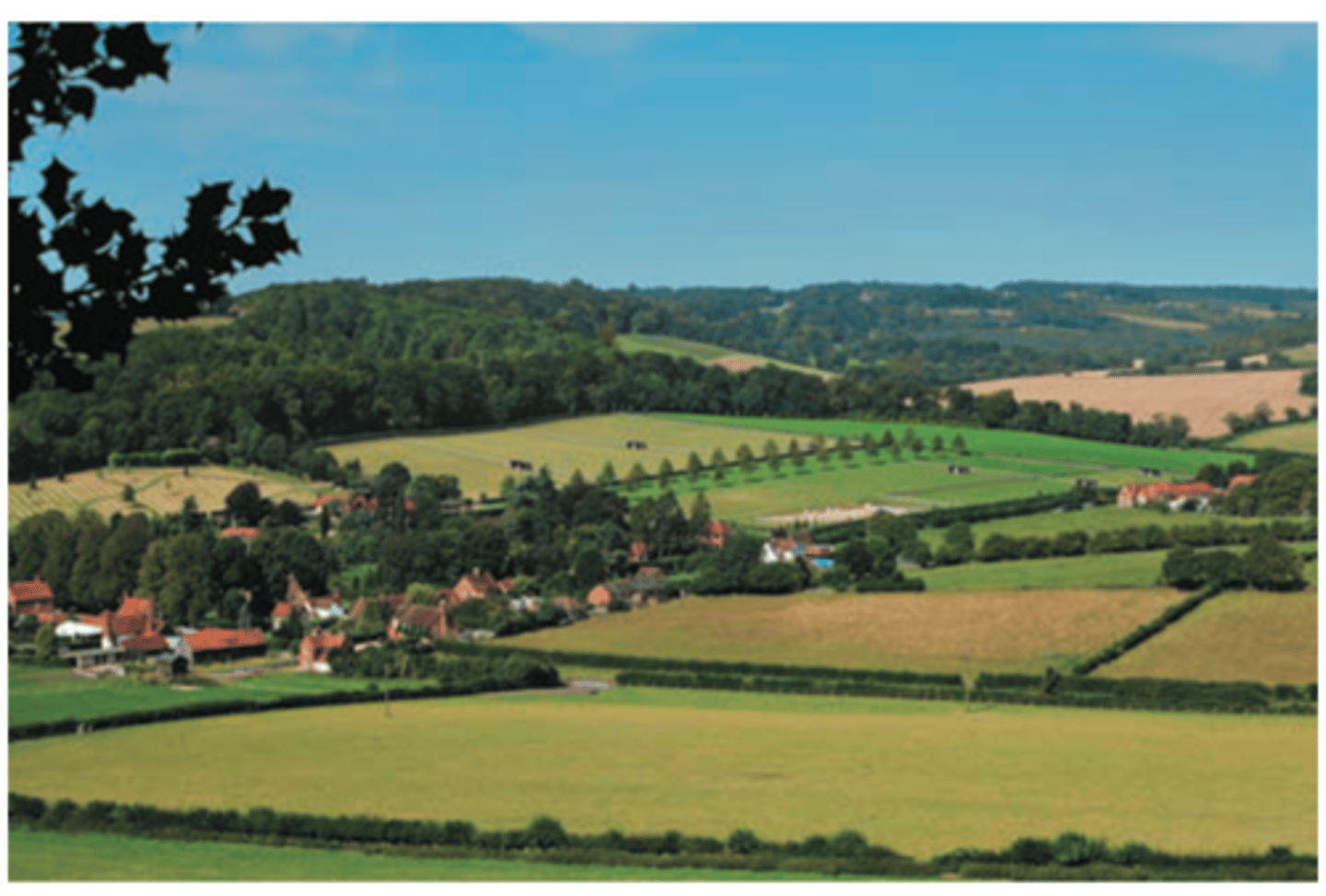
strip corridors (man-made corridors)
wider bands of vegetation that can consist of both both interior and edge environments
----------------
EXAMPLES:
- may be broad strips of woodlands left between housing developments, power line right of way, and belts of vegetation along stream and rivers
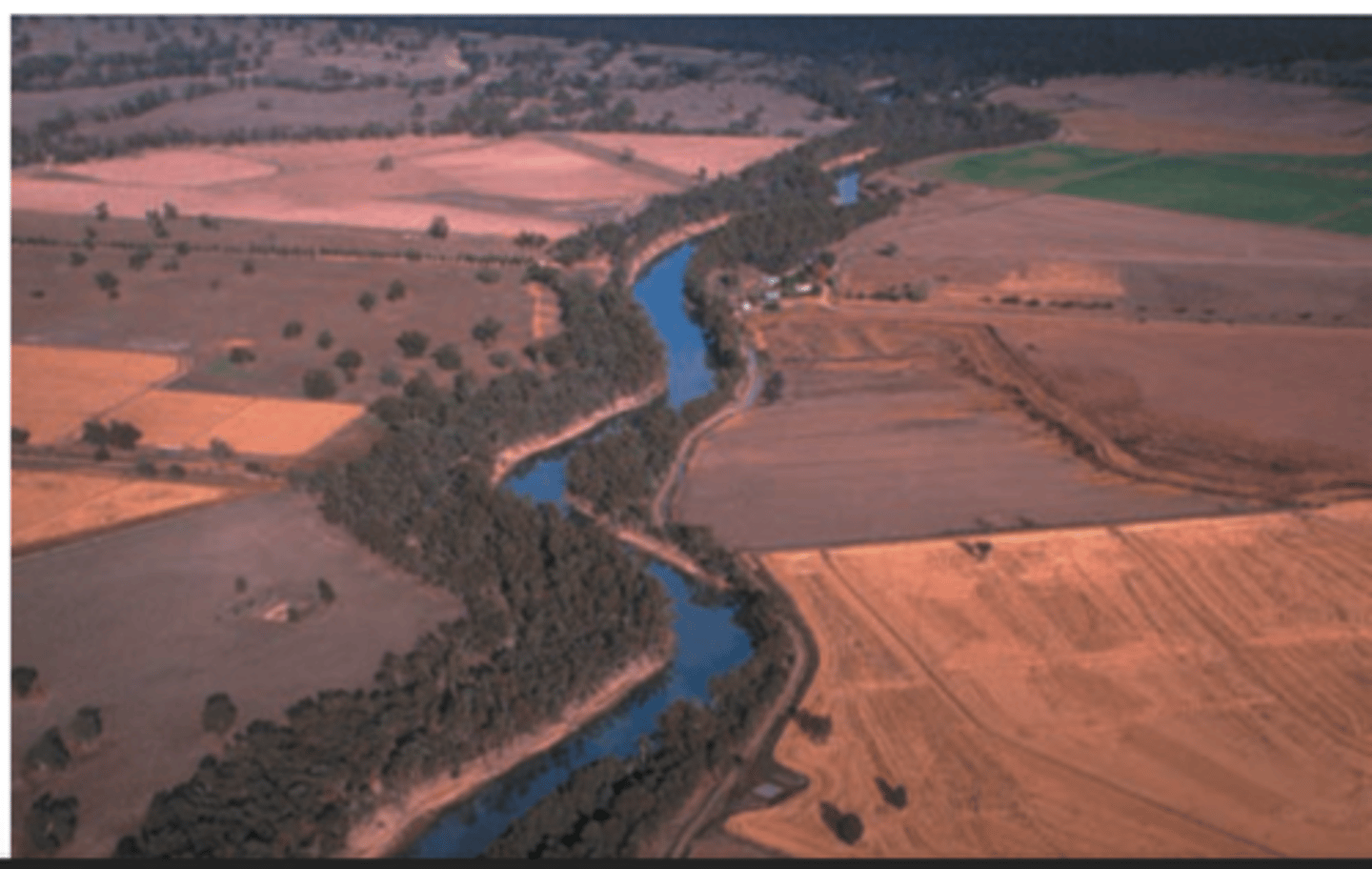
corridors function best as
- travel lanes for individuals moving within the bounds of their home range
- dispersal routes for some species but not others (when interconnected to form networks)
corridors are thought to facilitate
movement between connected pathches
----------------
ADVANTAGES
- increasing gene flow among subpopulations
- increasing species diversity within otherwise isolated areas (reestablishing species in locally extinct areas)
What are some negative effects of corridors?
- can offer scouting positions for predators that need to remain concealed while hunting in adjacent patches
- can create avenues for the spread of disease between patches and provide a pathway for the invasion or spread of exotic species throug the matrix to other patches
- if they are too narrow, corridors can inhibit movement of social groups
theory of island biogeography
WHAT IS IT
- a theory that was used to explain patterns of species richness on islands
----------------
OBSERVATIONS FROM THEORY
- large islands hold more species than small islands
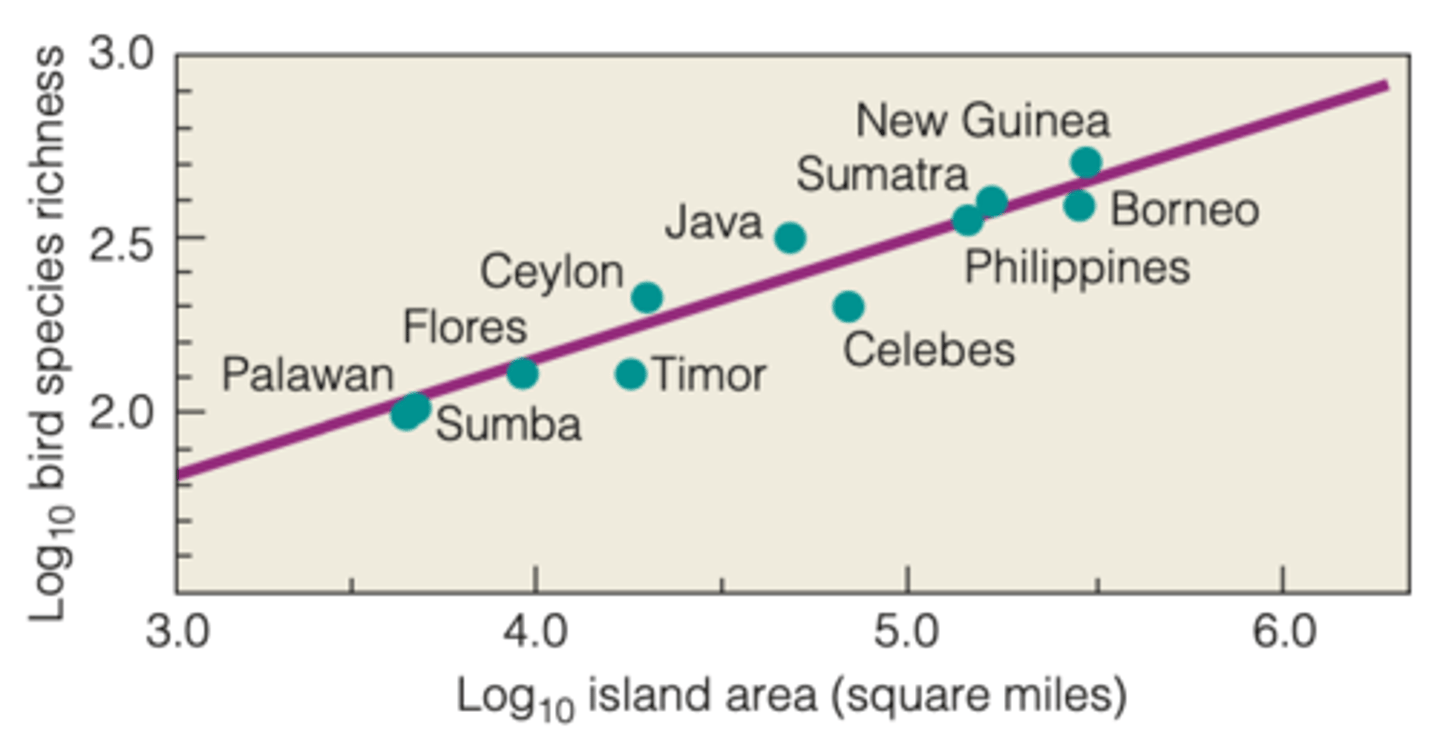
actual hypothesis of theory of island biogeography
the number of species established on an island represents a dynamic equilibrium between the immigration of new colonizing species and the extinction of previously established ones
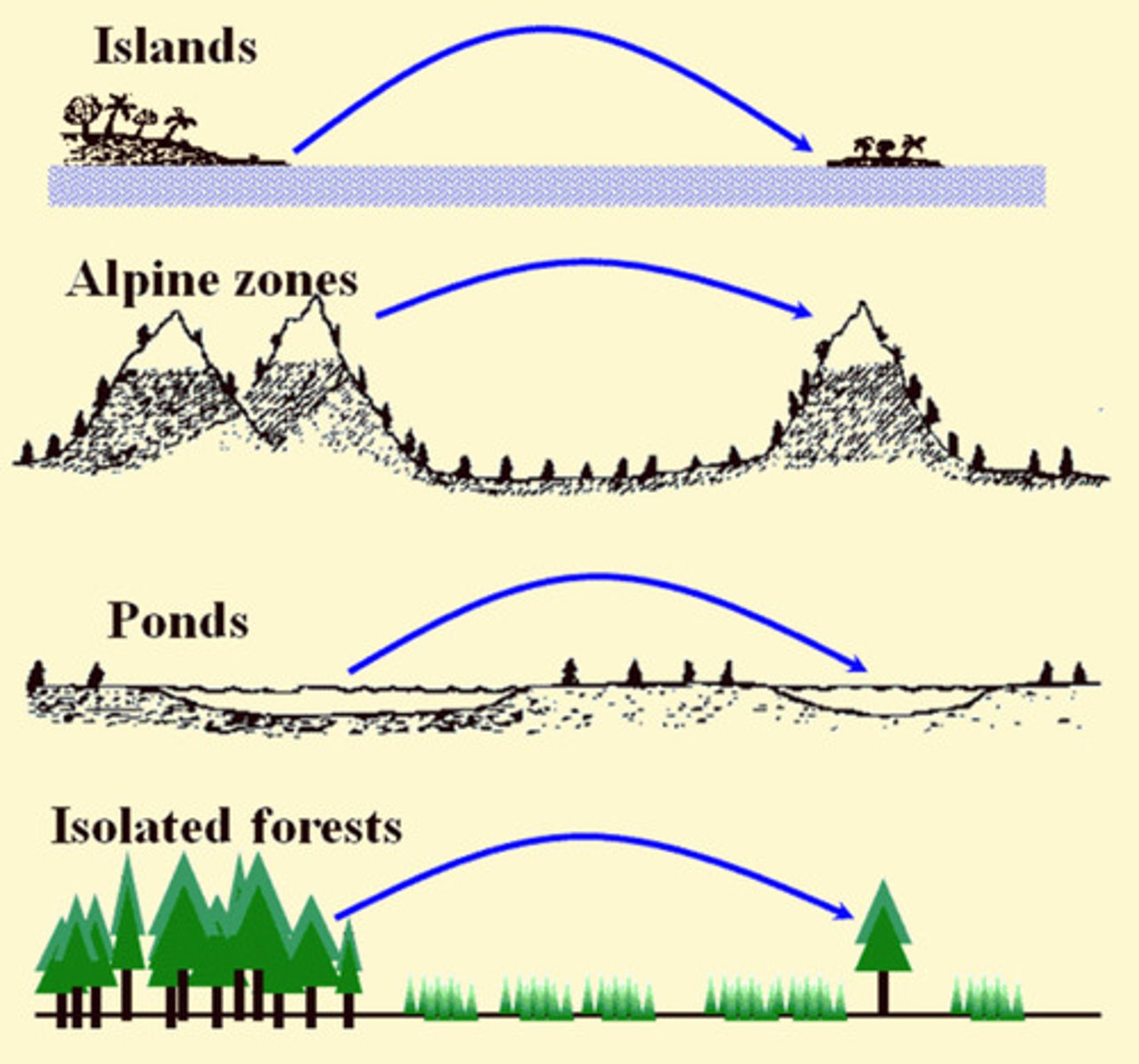
uninhabited islands off the mainland
FEATURES:
- the species on the mainland make up the species poll of possible colonists
- the species with the greatest ability to disperse from the mainland will be the first to colonize the island
----------------
TREND (THERE ARE 2)
- as the # of species on the island increases, the immigration rate of the new species to the island decline
- when all mainland species exist on the island, the rate of immigration will be zero
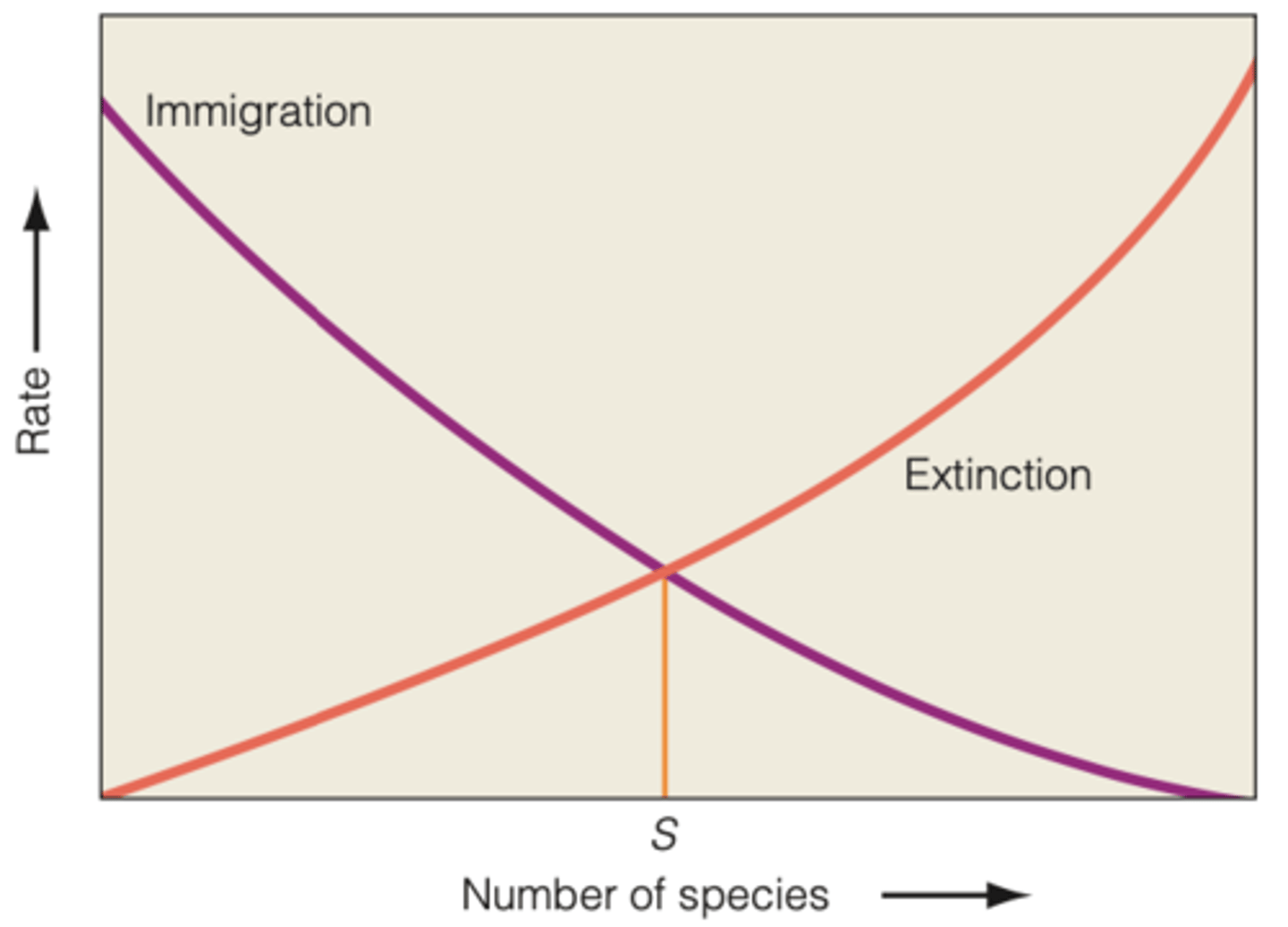
why does extinction rate increase with species richness?
as the number of species increases, competitions will likely increase, causing an increase in the extinction rates

what happens if the number of species exceeds (S)?
the extinction rate is greater than the immigration rate, and species richness will decline

an equilibrium species richness (s) is achieved when
the immigration rate equals the extinction rate
(although the species composition may change)
turnover rate
the rate at which one species is lost and a replacement is gained
Equilibrium species richness is affected by
- the distance of the island from the mainland
- the size of the island
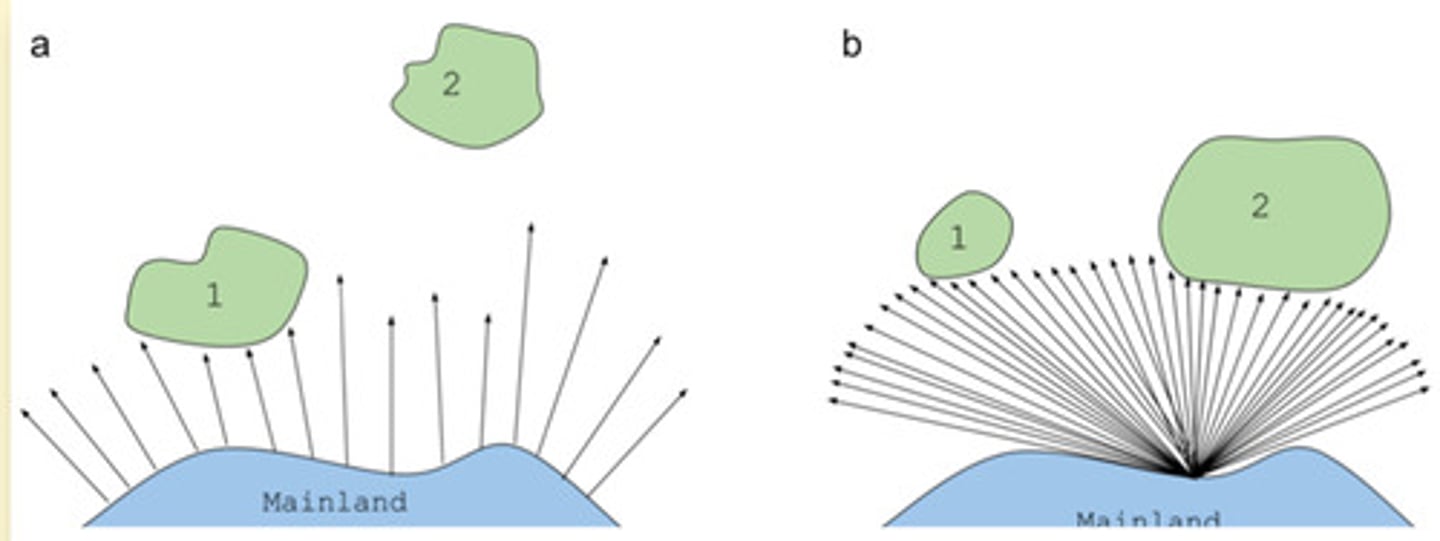
theory of island biogeography was apllied initially to
Oceanic islands
----------------
DOWNSIDES:
- there are many types of "islands"
----------------
EXAMPLES OF DIFFERENT "ISLANDS"
- Mountain tops
- bogs
- ponds
- dunes
- areas fragmented by human land use
- individual hosts of a parasites
Any patch of habitat isolated
from similar habitat by different, relatively inhospitable terrain traversed only with difficulty by organisms of the habitat patch may be considered an island.
----------------
TREND
- species richness increases with patch size (island size) and patch connectivity (distance to mainland)
Urban environments are often
patchworks of different resources and ecological hazards
----------------
EXAMPLE
- patches of irrigated lawns surrounded by concrete sidewalks, roads, as matrix
Katelynn (thesis research)
WHAT DID SHE DETERMINE:
- if artificial light at light at night is exploited as a resource or avoided like an ecological hazard
----------------
RESULTS:
- communities seemed to be exploiting (not avoiding) light patches at night

Human populations
are having a greater impact on lands, fragmenting existing habitats
----------------
PROPOSED QUESTION (LEC)
- in the face of this growing population pressure, how can biodiversity be preserved?
ever-growing pressures placed on lands by
the human populations and fragmentation of existing habitats, preservation of biological diversity depends more and more on the establishment of designated protected areas
----------------
RESEARCH FACTS:
- more than 11K strictly protected areas worldwide (covering 6.16 million km^2 of land)
- there are more than 55k partially protected areas (covering 5.67 million km^2 of land)
----------------
PERCENTAGE OF EARTH'S LAND SURFACE
- only 11.9% is protected
- half of the current reserves are 100 km long
smaller protected areas are
they types that are increasing in number
(may be sufficient to maintain a population of smaller species)
----------------
BUT LARGE HERBI. AND CARNI.
- require larger areas of land to maintain a viable population
The basic principles of landscape ecology
are important to current conservations efforts
----------------
FOCUSES ON
- efforts on working with the existing lands
- providing buffer zones and corridors that enhance their conservation value
if protecting biological diversity can be incorporated as a
secondary priority into the management plan of these lands, a greater representation of species and habitats can be protected
An approach that has gained growing attention in conservation efforts is to
view nature reserves in an area or region as habitat patches on the broader landscape and focus on benefits that can be gained by increasing connectivity
----------------
EXAMPLES:
- isolated protected areas into one large system through the use of habitat corridors
advantages of habitat corridors
- can create areas of protected land between reserves
- can facilitate dispersal and assist migration
In S.E. USA, Pinhook swamps,
a tract of land about 24,000 ha, links two national nature reserves, creating 250,000 ha of continuous habitat

Southern Africa
an international conservation effort would link three existing national parks in three countries to create a 100,000-km2 conservation area
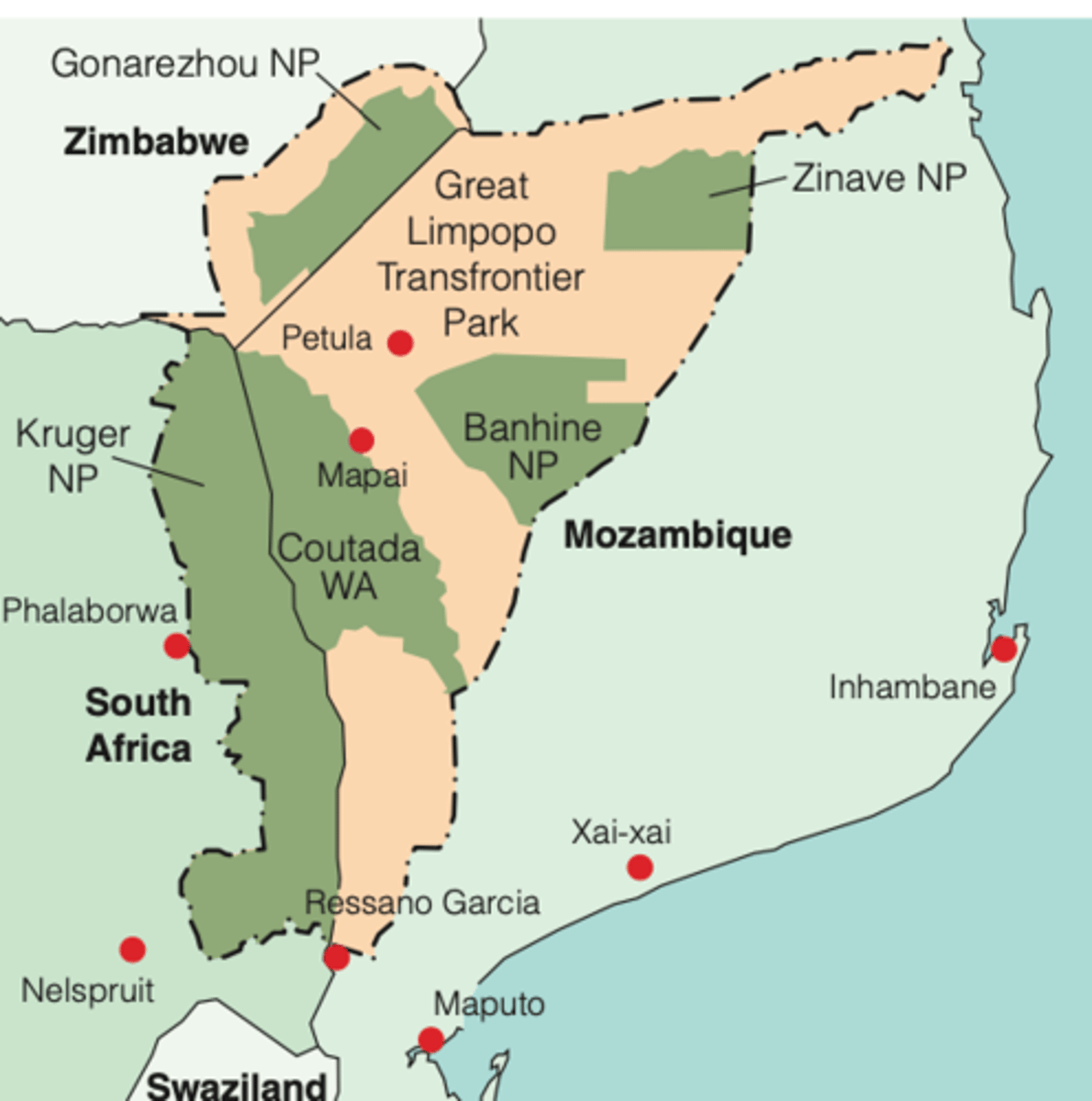
Establishment of corridors to increase landscape connectivity does not
always require the acquisition of large tracts of land or international agreements.
----------------
EXAMPLES:
In many cases, connectivity can be increased by removing or bypassing existing barriers to movement that have been constructed to facilitate human activities.
seasonal movement of pronghorn antelope
FEATURES:
- during their migration they face numerous obstacles (rivers/high mountainous ranges)
----------------
BIGGEST/GREATEST OBSTICALS
- some of the greatest obstacles that they encounter are human-made
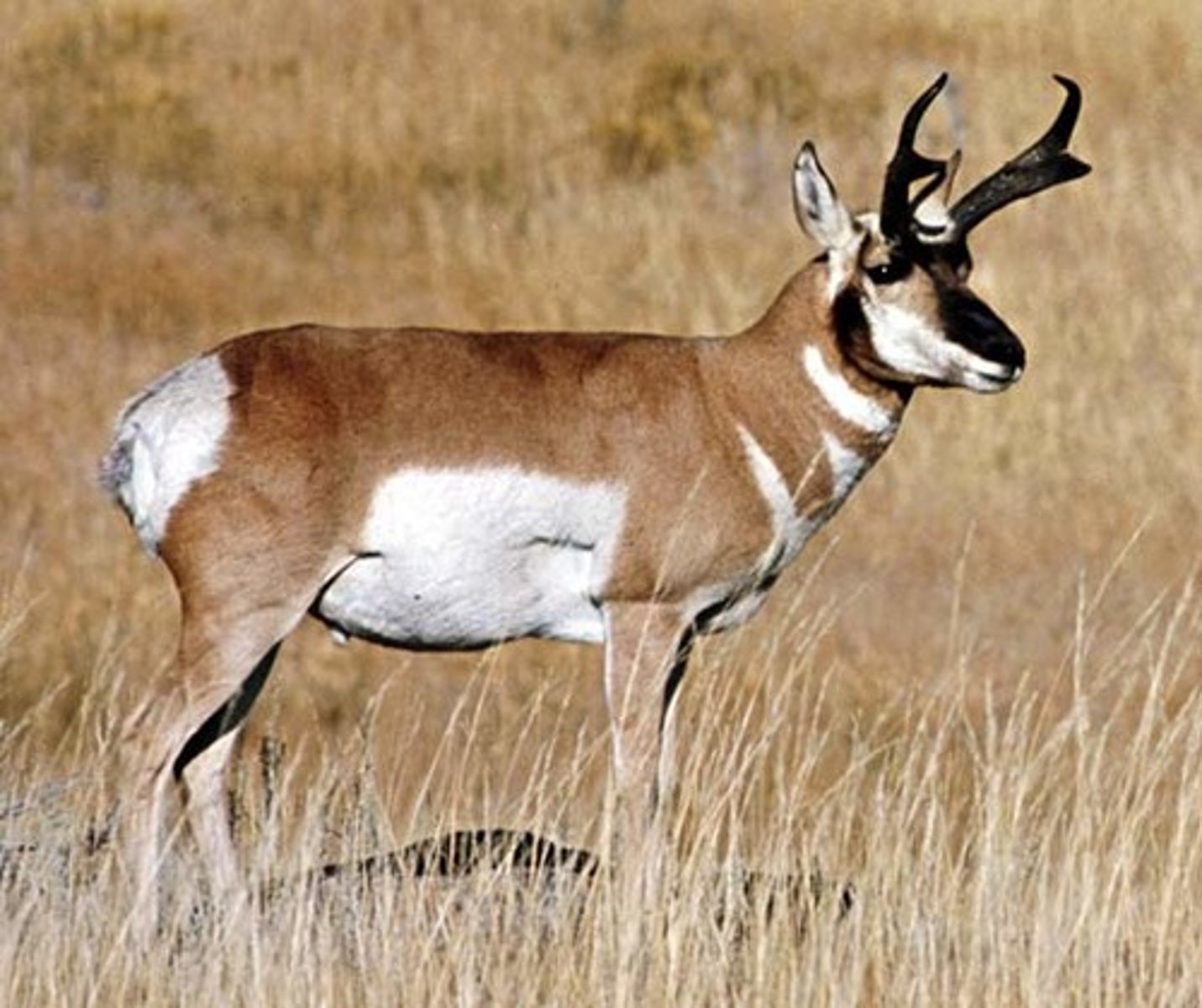
Human-made obstacles (prohorn antelope)
fences
----------------
HOW DO THEY AFFECT THEIR MIGRATION?
- limit movement and increase mortality
----------------
WHATS BEING DONE?
- private citizens have focused on removing fences or at least establishing openings to allow for movement of the herds along the migration route
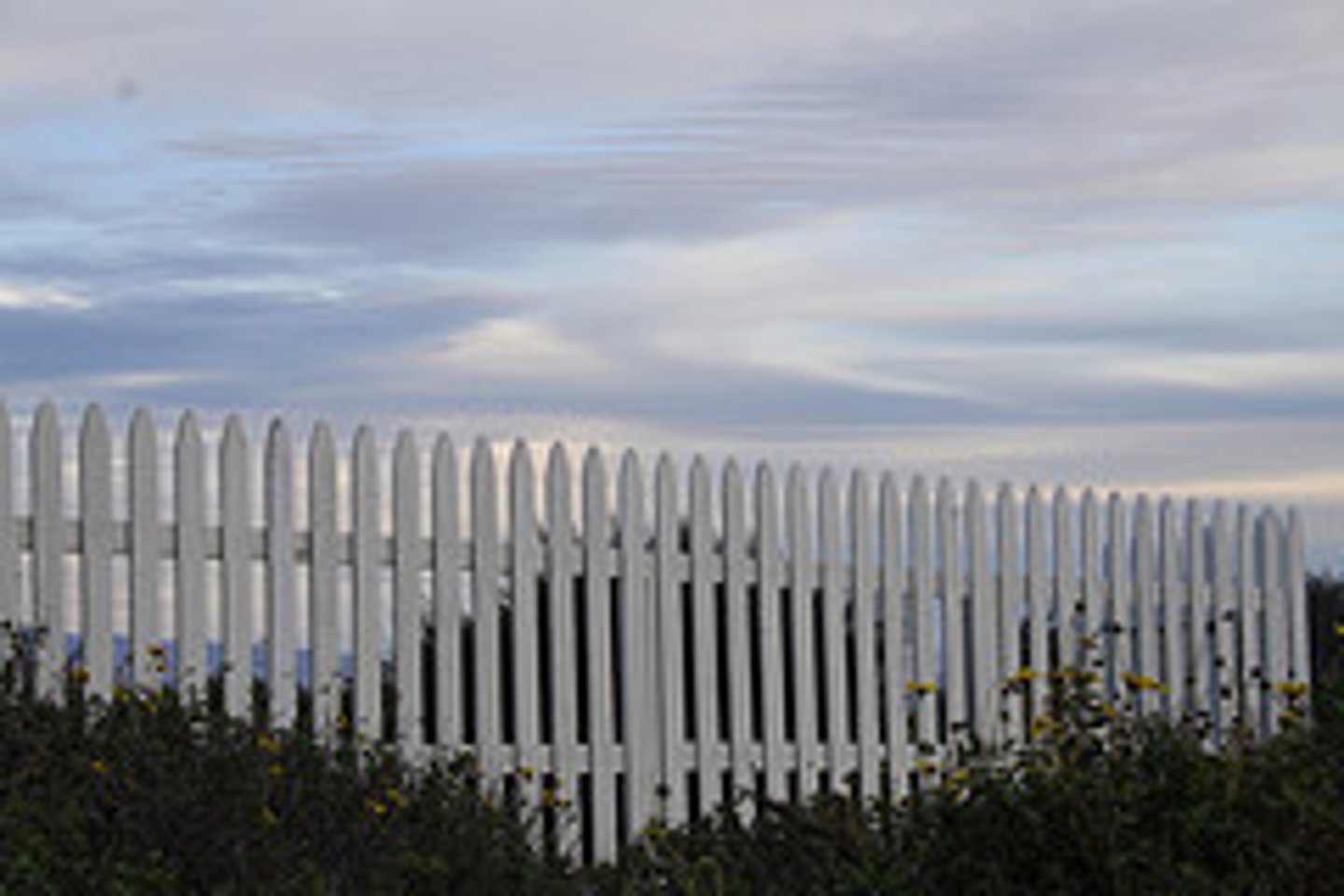
Dangerous places along migratory pathways are
Highways
----------------
HOW?
- hundreds of animals are killed each year while attempting to cross these human-made barriers
----------------
WHATS BEING DONE?
- Newly established wildlife overpasses and underpasses are now enabling pronghorn and other animals to safely cross these roadways
